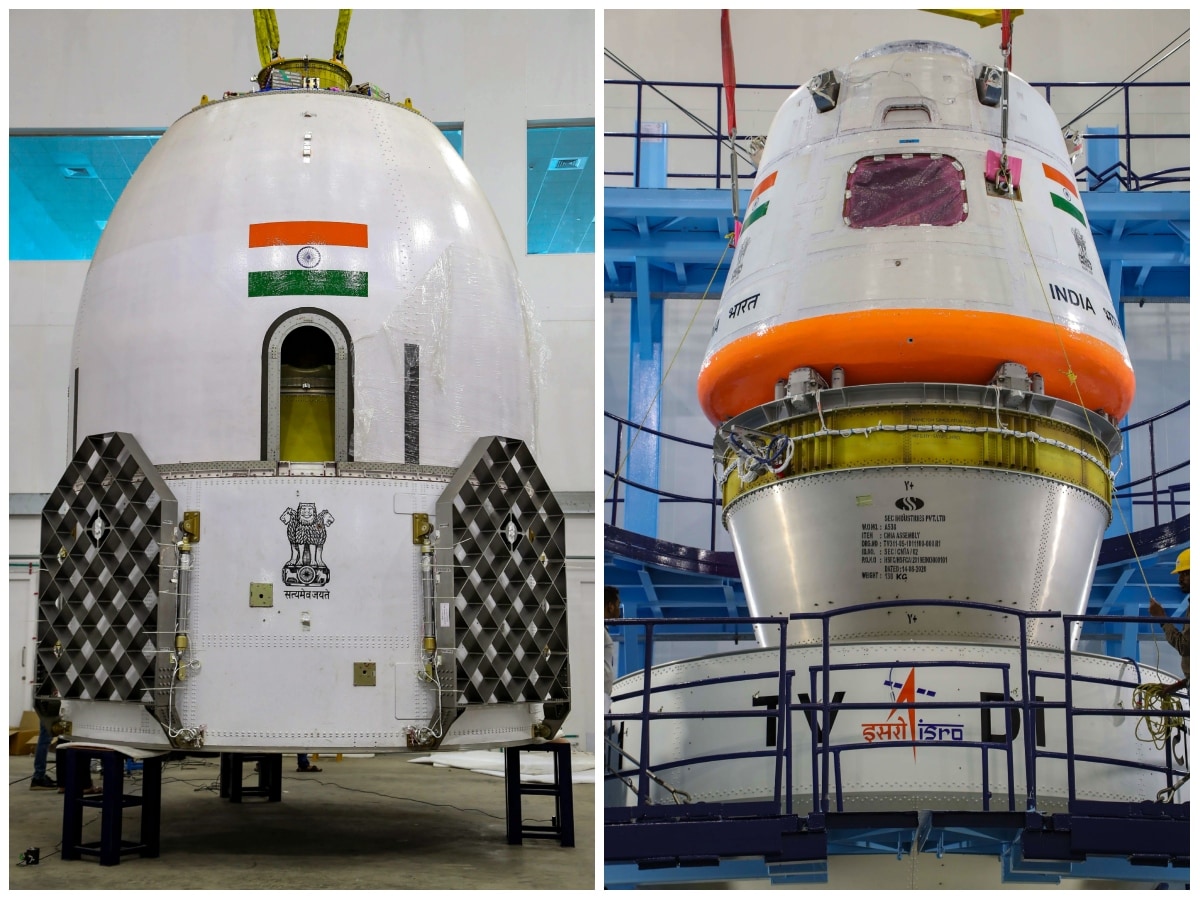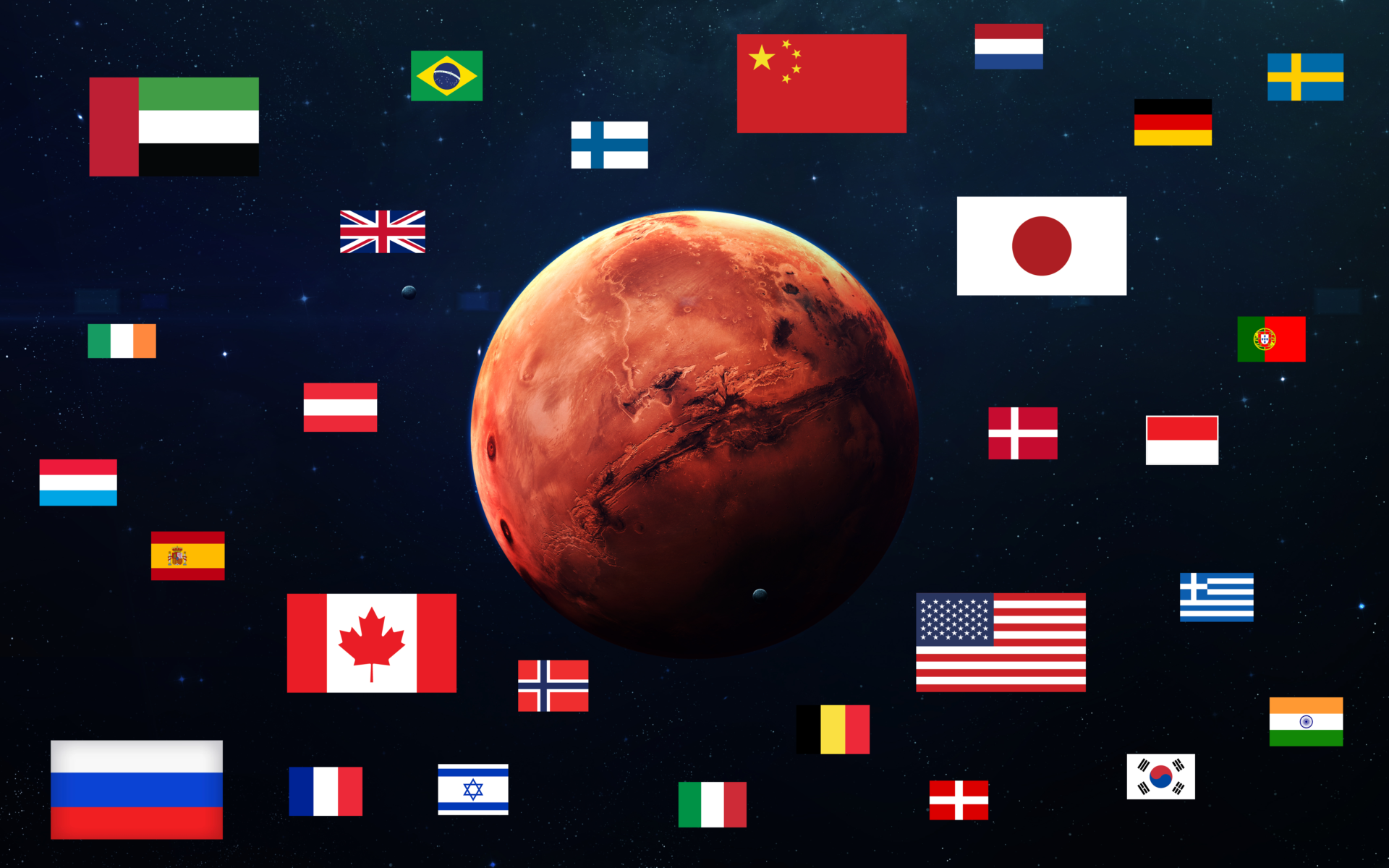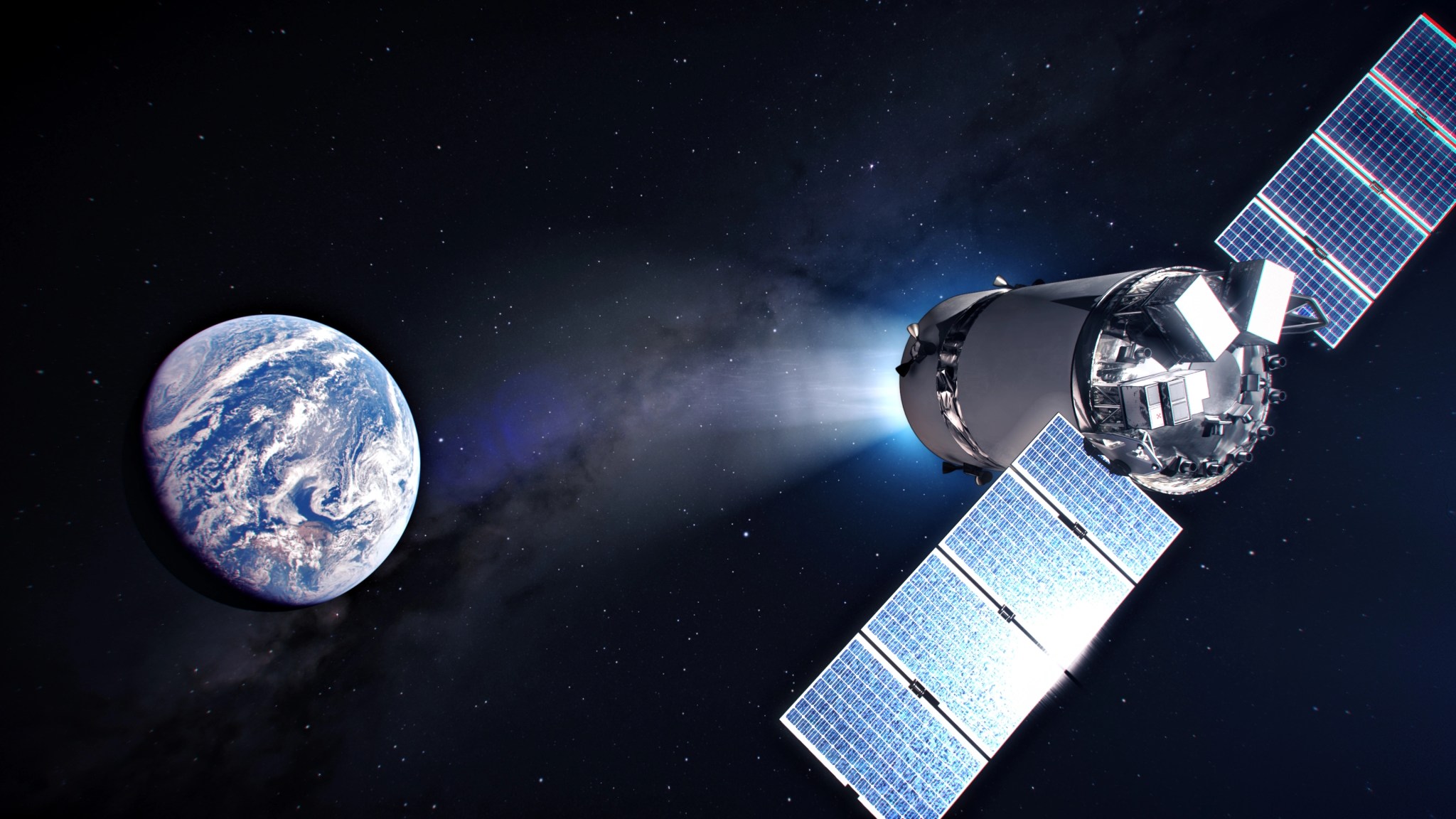How India’s Gaganyaan and NASA's Artemis Missions Are Redefining Global Space Politics
The original Space Race of the 20th century was a Cold War showdown between the U.S. and the Soviet Union. Today, we’re witnessing a new era Space Race 2.0 but this time, it’s not just about reaching the Moon. It’s about shaping the future of space exploration, technology, and global influence. Leading this charge are two major missions: India’s Gaganyaan and NASA’s Artemis.
What Is Space Race 2.0?
Space Race 2.0 is the modern competition among nations to dominate space—not just for prestige, but for economic, technological, and strategic power. The Moon, Mars, and beyond are now seen as the next frontiers for innovation, resource extraction, and even geopolitical leverage.
India’s Gaganyaan Mission: A New Chapter for ISRO
India’s Gaganyaan mission is its first human spaceflight program, led by the Indian Space Research Organisation (ISRO). While it was initially scheduled for 2025, the timeline has been updated:
👉December 2025: First uncrewed mission featuring Vyommitra, a female humanoid robot.
👉2026: Additional uncrewed missions to test life support and safety systems.
👉Early 2027: First crewed mission, sending three Indian astronauts into low Earth orbit for three days.
Key Innovations:
👉Vyommitra will simulate human responses and monitor spacecraft systems.
👉The mission will use the GSLV Mk III, India’s most powerful rocket.
👉ISRO is deploying indigenous telemedicine systems to monitor astronaut health in real time.
👉India has signed the Artemis Accords, aligning with global norms for peaceful space exploration.
Gaganyaan is more than a mission—it’s a declaration that India is ready to join the elite club of human spaceflight nations.
NASA’s Artemis Program: Back to the Moon, Forward to Mars
NASA’s Artemis program is the U.S. roadmap to return humans to the Moon and eventually reach Mars. It aims to land the first woman and first person of color on the lunar surface and establish a sustainable presence.
Mission Milestones:
👉Artemis I: Uncrewed test flight around the Moon (completed).
👉Artemis II: Crewed lunar flyby, scheduled for 2025.
👉Artemis III: Crewed lunar landing, expected by 2026.
👉Lunar Gateway: A Moon-orbiting space station to support long-term missions.
NASA is collaborating with international partners, including the European Space Agency (ESA), Japan, and now India, making Artemis a truly global endeavor.
The Geopolitical Stakes: Why This Race Matters
Space is no longer just a scientific frontier—it’s a strategic domain. Here’s how Gaganyaan and Artemis are reshaping global space politics:
1. Strategic Alliances
India’s signing of the Artemis Accords signals a shift toward U.S.-led space governance, emphasizing transparency, sustainability, and peaceful exploration.
2. Technology Exchange
NASA is training Indian astronauts and exploring joint missions. This boosts India’s capabilities and strengthens bilateral ties.
3. Lunar Resources
Both India and the U.S. are targeting the Moon’s south pole, rich in water ice. India’s Chandrayaan-3 already landed there, and Artemis aims to follow. Control over these resources could define future space economies.
4. Soft Power and Influence
Space achievements enhance national prestige. Gaganyaan and Artemis are not just missions—they’re tools of diplomacy and global leadership.
Looking Ahead: Collaboration or Competition?
The future of space is both collaborative and competitive. With private players like SpaceX and Blue Origin entering the scene, and countries like China and the UAE expanding their programs, the landscape is evolving fast.
India and the U.S. are setting the tone for responsible, inclusive space exploration. Their missions are shaping how humanity will live, work, and govern in space.
Conclusion
Space Race 2.0 isn’t about who gets there first—it’s about who stays, leads, and defines the rules. With Gaganyaan and Artemis, India and the U.S. are not just reaching for the stars—they’re rewriting the playbook for global space politics.
As we look skyward, one thing is clear: the next giant leap for mankind is already underway.









0 Comments